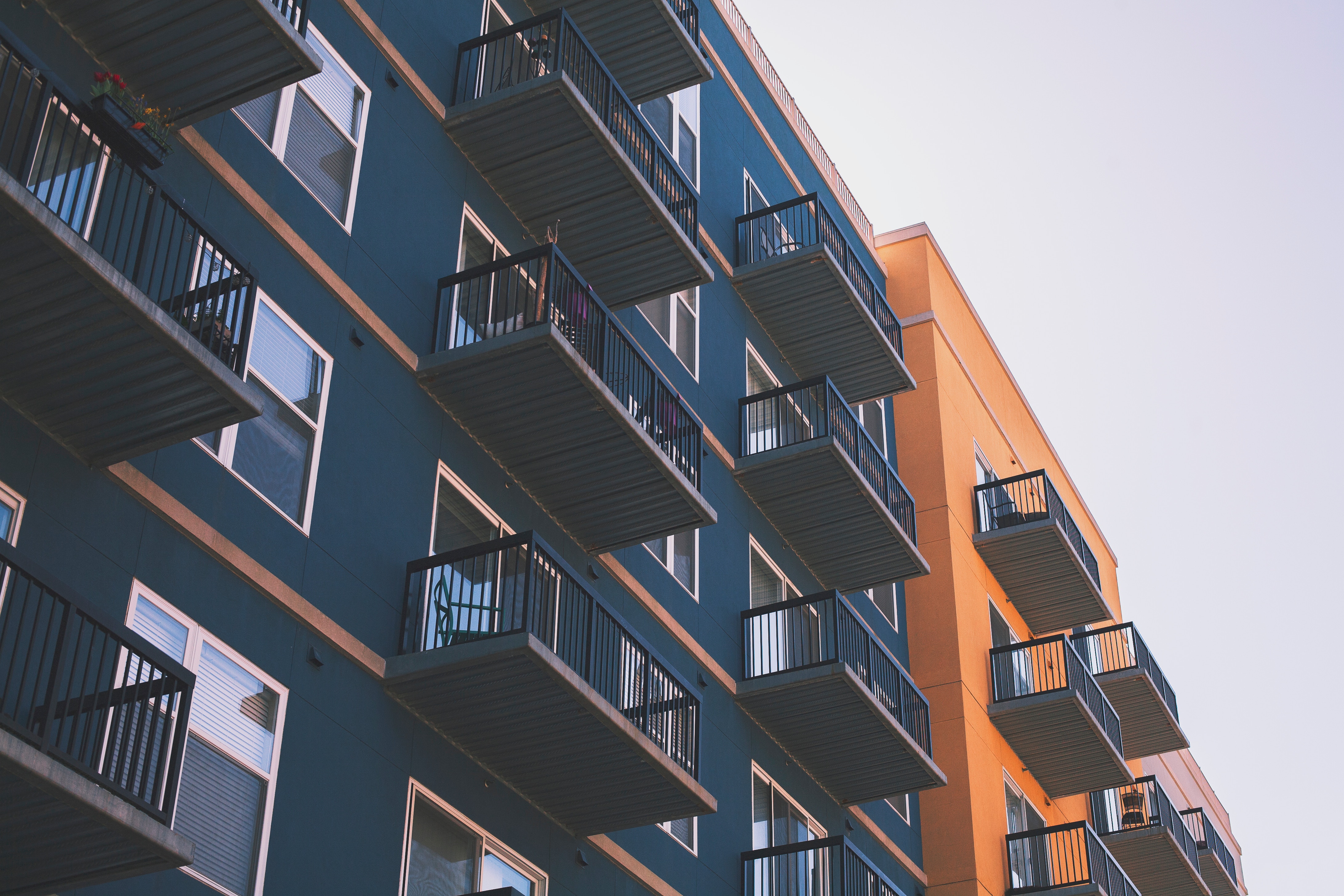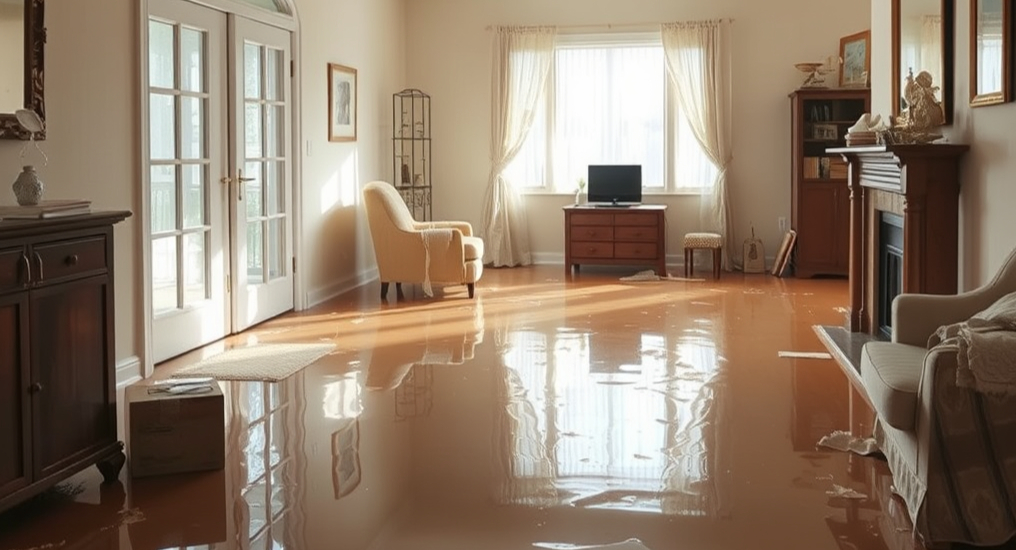Home Insurance
Get financial protection for your home in Florida against unexpected disasters with home insurance at low rates from Pinnacle Insurance. We specialize in property insurance for Single Families homes, Townhouses, Villas Condos, Renters and Flood Insurance. We partner with a diverse list of Home Insurance providers in order to get you the policy that suits your needs, as well as the lowest rates possible
Some of our trusted Home Insurance providers






Type of Home Insurance we specialize in:
Property insurance is a broad category of insurance that provides coverage for various types of property against damage, loss, or theft. Different types of home insurance are designed to meet the specific needs of different types of property. Here are some common types of home insurance we specialize in:
Homeowners Insurance:
Dwelling Coverage: Protects the structure of the home.
Personal Property Coverage: Covers personal belongings inside the home.
Liability Coverage: Provides protection if someone is injured on the property.
Condo Insurance:
Tailored for condominium owners.
Covers the interior of the condo, personal property, and liability.
Renters Insurance:
Similar to homeowners insurance but for those who rent their living space.
Covers personal belongings, liability, and additional living expenses in case the rented property becomes uninhabitable.
Flood Insurance:
Protects against damage caused by flooding.
Often a separate policy, as standard homeowners insurance typically doesn't cover flood damage.
How to get insurance for your home in Florida:
> Call: 954-306-3333
> Visit our office: 3200 N. University Dr., #201, Coral Springs, FL 33065
> Click here to fill out a Quote Form online






